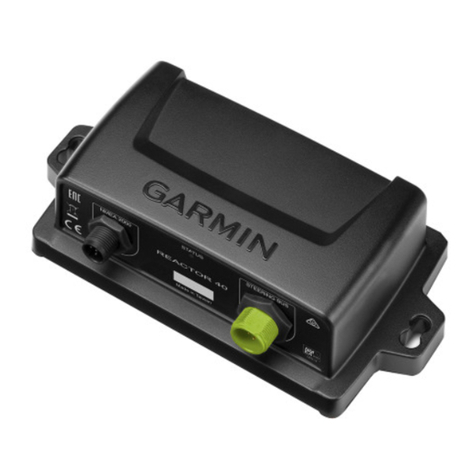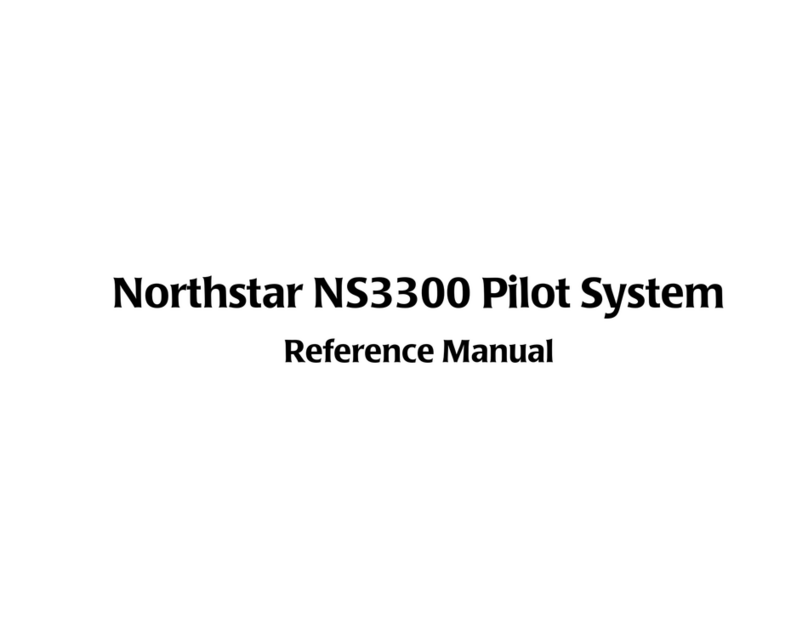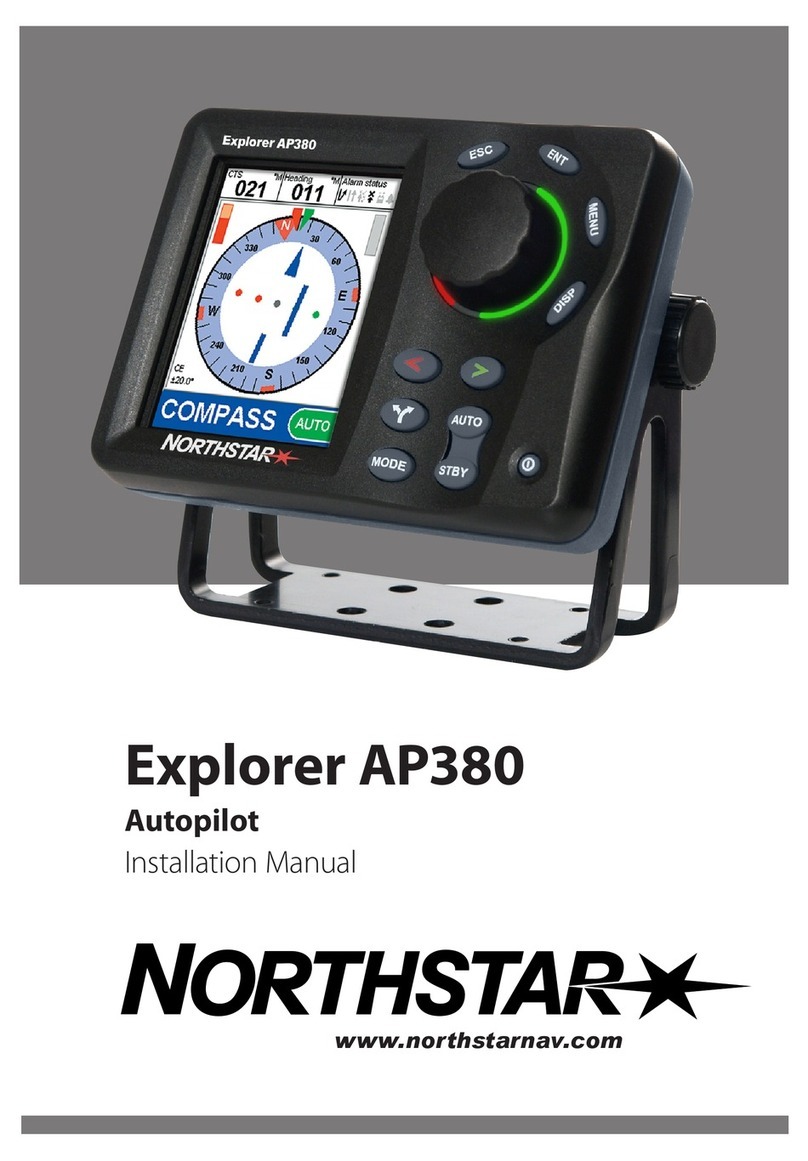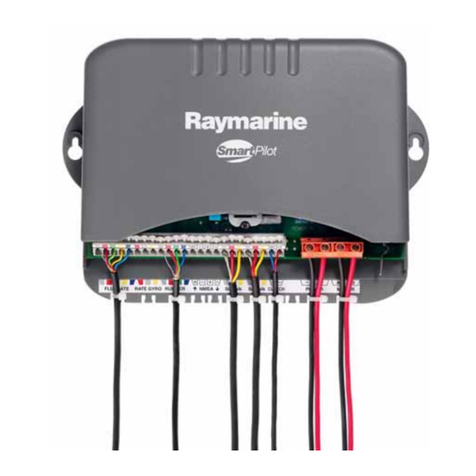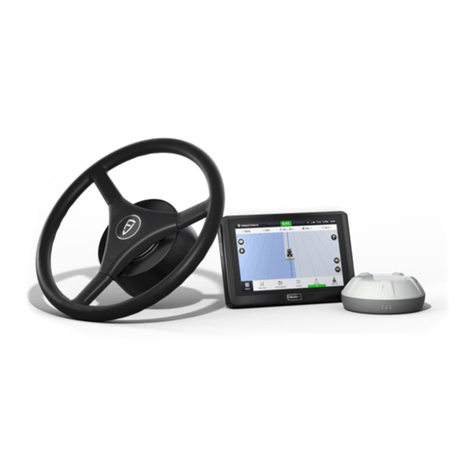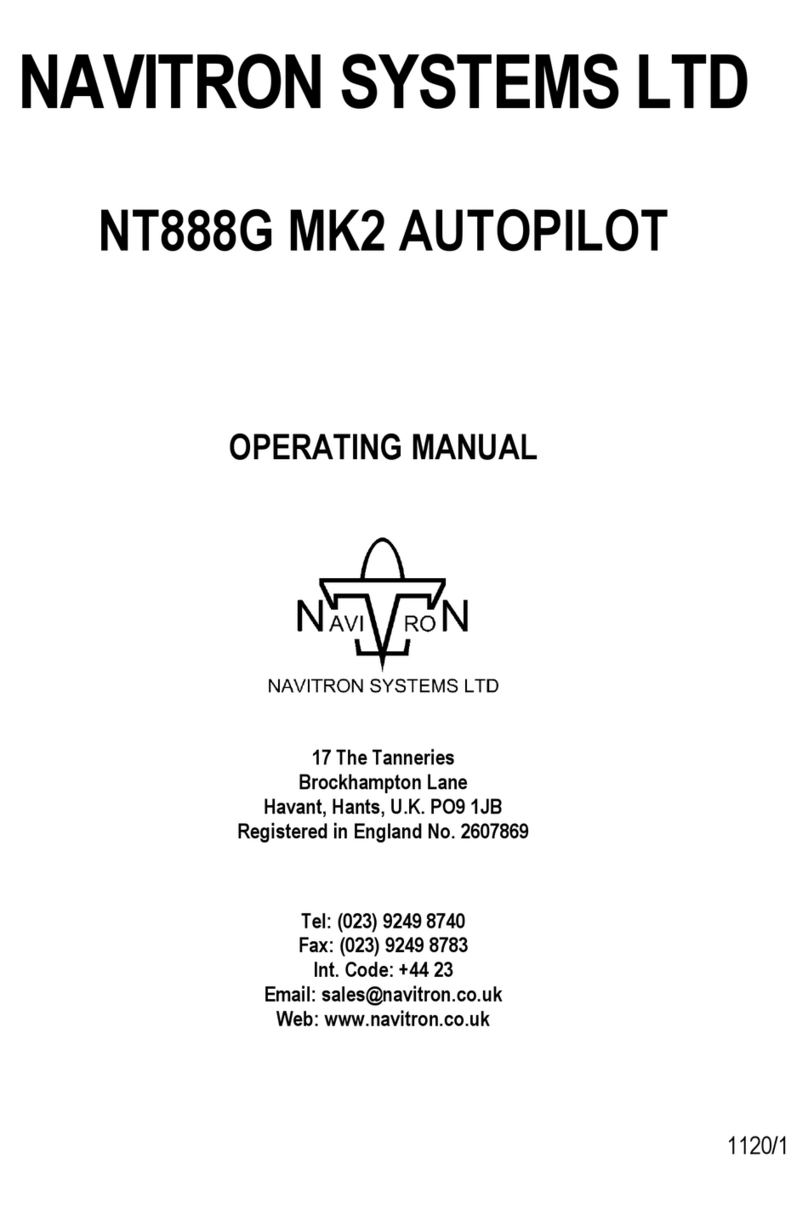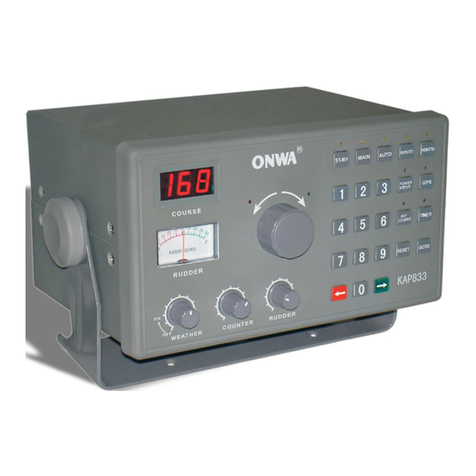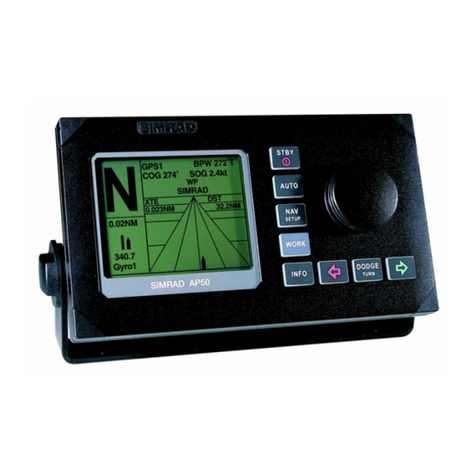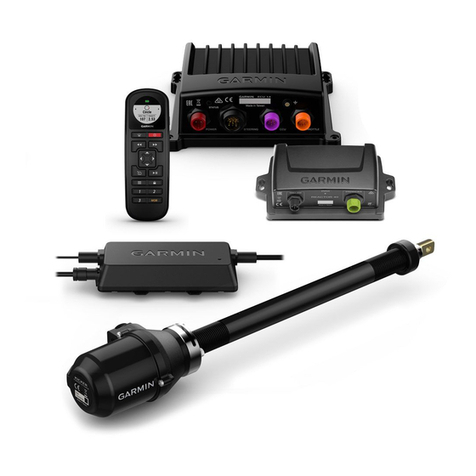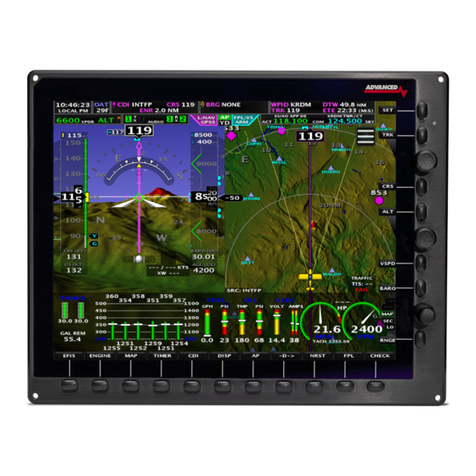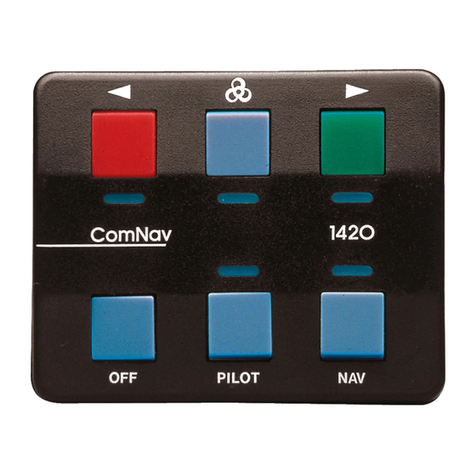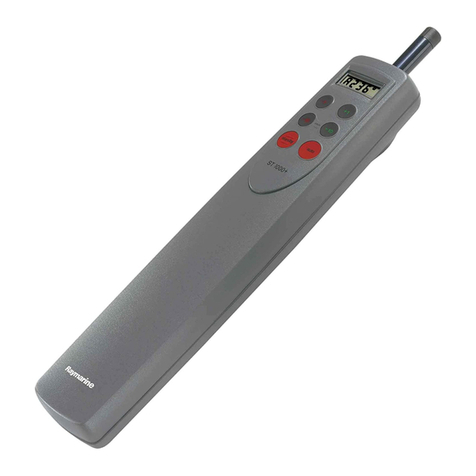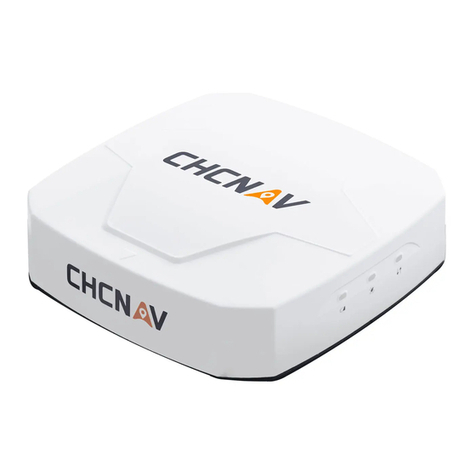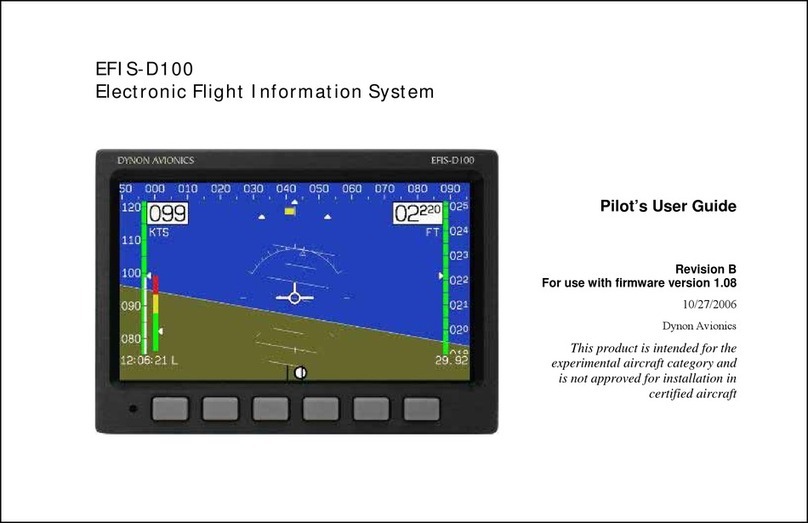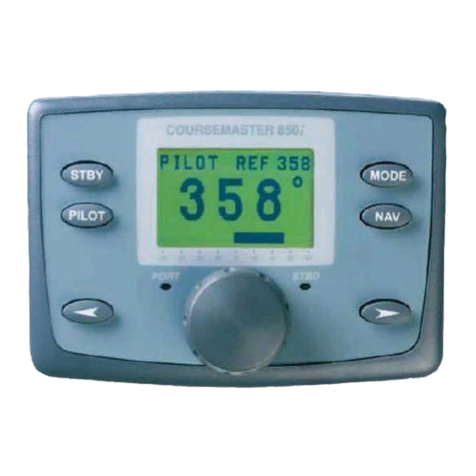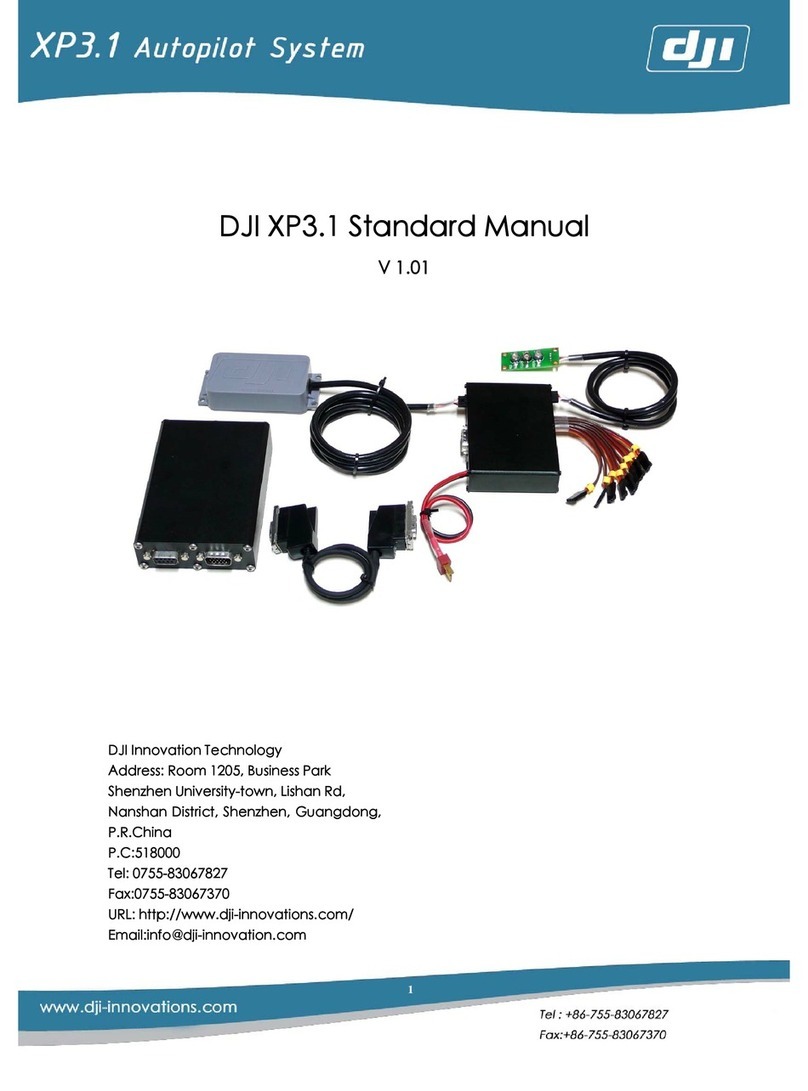NT777 MK2 AUTOPILOT INSTALLATION & CALIBRATION
General: -
All Navitron Autopilot systems are designed and developed by Navitron
Systems Ltd. to meet the rigorous and diverse demands of commercial
applications from coastal work boats through trawlers and off shore
support craft to ocean going gyro based vessels of several thousand gross
registered tonnes.
Accordingly the NT777 MK2 Autopilot System is equipped with full PID
intelligence, which enables it to monitor and respond to straightforward
control settings to provide optimum steering performance in all operating
conditions.
In addition to the PID intelligence inherent in the NT777 MK2 control
electronics, the potential diversity of steering systems types is also
accommodated by the inclusion of automatic and manual installation
adjustments which easily enable Autopilot demands to be matched to
individual steering system characteristics.
Designed to operate from a supply voltage of 11-40Vdc, the standard
NT777 MK2 Autopilot also contains Track steering Interface circuitry
rendering it suitable for direct connection to proprietary GPS receivers etc.
Four Track modes are provided:-
(i) Cross Track Error correction only (“XTE” mode) using NMEA
0183 Sentences APA, APB, RMB, XTE or N2K data.
(ii) Multi-waypoint steering featuring Cross Track Error correction
with automatic course change to next waypoint (“BER” mode)
using NMEA 0183 Sentences APB & RMB.
(iii) Remote course setting facility (“HTS” mode) via the NMEA
0183 APB, HSC or HTC sentences.
(iv) Multi-waypoint steering featuring full control of Course Over the
Ground with Cross Track Error correction and automatic course
change to next waypoint (“COG” mode) using NMEA 0183
Sentences APB, RMB & RMC.
The standard NT777 MK2 series Autopilot configuration therefore requires
the availability of a good quality externally gymballed magnetic card
compass and/or NMEA 0183 Heading Data available from a proprietary
electronic compass or GPS Gyro etc, electrically operated (11-40Vdc/5A
max) solenoid valves for steering system control and –if the Track Steer
function is to be utilised –NMEA 0183 track data from a suitable GPS
receiver or Track Plotter.
